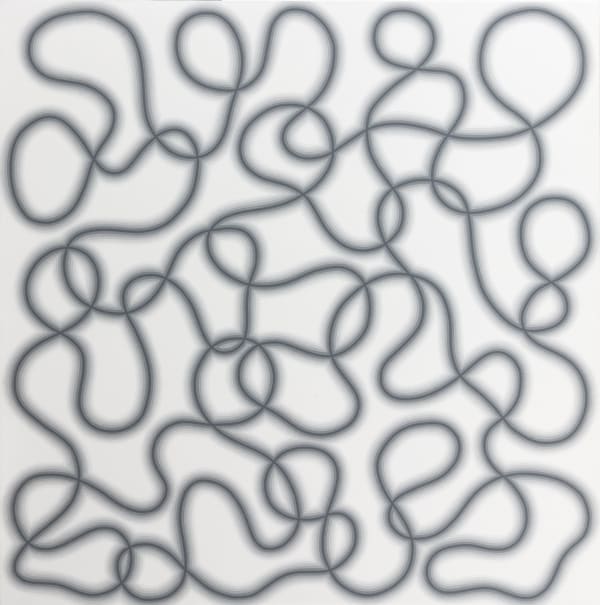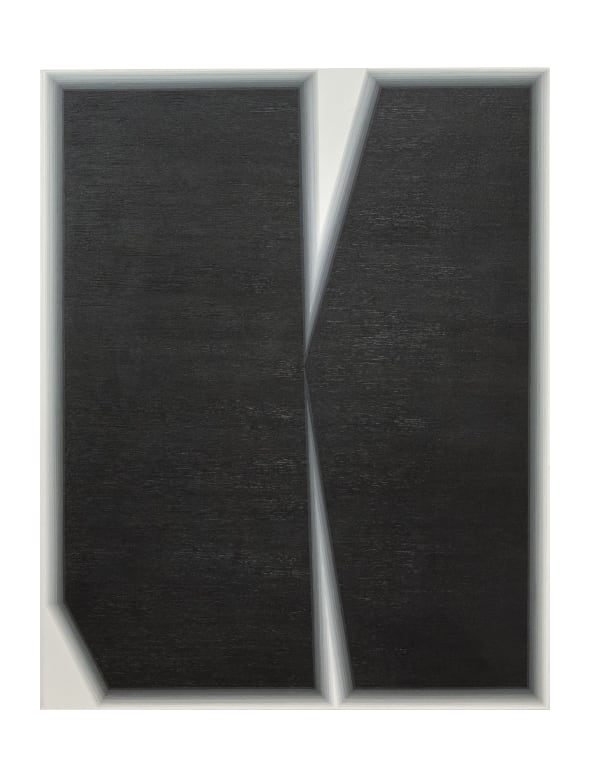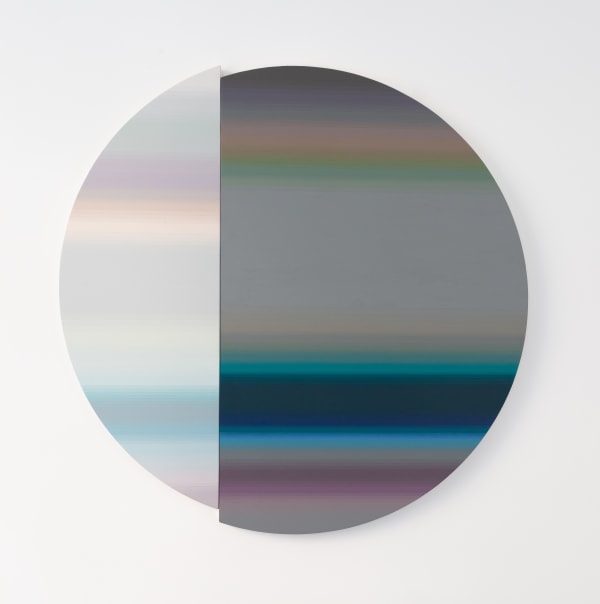Unfolding infinity: Gusti Udiantara
Past exhibition
-
Overview
GUSTI UDIANTARA
UNFOLDING INFINITY
PRIMO MARELLA GALLERY LUGANO
Primo Marella Gallery Lugano is pleased to present Gusti Udiantara's solo exhibition, "Unfolding Infinity", opening Thursday, November 14, at 4 PM.
Gusti Udiantara (1976, Tampaksiring) is an Indonesian artist who realises his canvases getting inspiration from the Balinese culture, made up of traditional and religious rituals: "they are the source of my inspiration. After I get my idea, I make a sketch and discuss it with my fellow artists until my idea is ready to be translated into an artwork".Most of Gusti Udiantara's works are called "Infinity lines", in which, as the artist says "here I emphasize on how I paint lines, treat the lines, colour the lines, give effects to the lines, accordingly it is all about the lines. Starts from the Balinese tradition which looks for the beginning of a generation, searching for initial start of the basic civilization and culture, thereby we are doing things that has been done by those before us. As the line that has already determined, it is interesting words. That line is the line that has already determined". -
Unfolding infinity
Gusti Udiantara GUSTI UDIANTARA UNFOLDING INFINITY PRIMO MARELLA GALLERY LUGANO Primo Marella Gallery Lugano is pleased to present Gusti Udiantara 's solo exhibition, 'Unfolding Infinity ' , opening Thursday, November 14, at... -
Unfolding infinity
Balinese tradition and Indonesian optical art come together in the exhibition “Unfolding Infinity,” which aims to present an immersion in the work of I Gusti Ngurah Tantin Udiantara, better known as Gusti Udiantara, an Indonesian artist born in 1976 in Tampaksiring, Bali and trained at the Indonesian Institute of Art (ISI) in Yogyakarta, the cultural center of Indonesian contemporary art.Udiantara is one of the most innovative exponents of Indonesian optical art, a movement that, while arising within the international dynamics of optical art, is distinguished by its deep roots in Indonesian culture and traditions.Optical art establishes itself as a visual art form capable of creating optical illusions through patterns, geometries, and colors. However, Indonesian optical art, and that of Udiantara in particular, is not limited to mere visual exploration and illusion. It incorporates a meaning that draws on local philosophy and religious practices, making the works not only a study of perceptions but also a reflection on the infinite and the cyclical nature of life, and serving as a bridge between tradition and modernity, where the international visual culture of optical art merges with Balinese spiritual and philosophical heritage.In fact, the artist draws heavily from local traditions, transforming religious rituals and cultural symbolism into a personal poetics that is expressed through the geometric language of optical art. In this exhibition, Udiantara's works invite us to lose ourselves in a dimension of lines, shapes and colors that seem to extend to infinity, continuously dissolving and rebuilding themselves before our eyes.Udiantara explores these concepts through his famous “Infinity Lines,” paintings in which the artist decides to focus exclusively on lines, which for him are not only graphic representations but also symbolic, deeply rooted in the search for origins and connection with ancestors. As the artist himself explains, the lines symbolize the cycle of civilization and culture.The repetition and progression of geometric shapes recall the intricate decorations that adorn the temples of Bali, a symbol of continuity and cycle. A repeating path, then, a flow in which each generation finds a kind of destiny traced by predecessors. “The line is the line that has already been determined,” says Udiantara, emphasizing how art is a medium through which to explore that which is eternal and pre-established, a concept intimately linked to the Balinese worldview.The artist describes his works as a meticulous process of line analysis, where each stroke is carefully studied, colored and superimposed to generate hypnotic and deeply evocative visual effects.From a distance, Udiantara's works appear blurred, almost hazy, with a “blurred” effect that simulates movement, vibration. However, getting closer, one detects on the contrary the perfection - if not the flawlessness - of every single line, clearly defined, and in perfect harmony with the others, where every detail is rendered with absolute precision.This is a very long and complex process, which always starts from careful observation of nature and traditions, and then evolves through preliminary sketches and comparisons, until the idea is ready to come to life on canvas.This search for harmony, the basis of the artist's aesthetic, is also found in the new “Unlimited Triangles” paintings, which represent two of his most emblematic works, with their pyramidal shapes reminiscent of the Temples and sacred buildings of Bali. In these compositions, networks of triangles seem to multiply and shrink endlessly, creating an optical effect of depth and movement. This layered design symbolizes the continuous transformation of the universe and the perpetual renewal of life.The two works “Unperfect Circles,” on the other hand, are more devoted to the study and analysis of the shades of blue and azure, of the Indonesian sea and sky, evoking abstract landscapes, in a kind of duality poised between perfection and imperfection. The choice to break geometric perfection suggests that beyond strict structures, there is always an element of spontaneity and imperfection. Simplicity in complexity.Finally, in “Black Space,” the artist abandons the vibrancy of colors and geometries, choosing a more minimalist and concentrated approach. These works explore the theme of emptiness and infinity through dark surfaces broken only by thin, almost invisible slits of light. Here, the artist plays with the concept of absence and silence, letting the dark space draw the viewer's attention to what lies beyond the visible, perhaps suggesting a spiritual and meditative dimension that invites contemplation.In a context such as Indonesia, where religious and cultural traditions are integral parts of daily life, Udiantara's art thus becomes a messenger of a universal and meditative language, recounting a journey to the origins of civilization and culture.A reflection on the concept of infinity: an endless line, repeating like a visual mantra and recalling the infinity of time and space, central themes in Balinese cosmology and spirituality.- Viviana Lipari -
Installation Shots
-
-
Works









